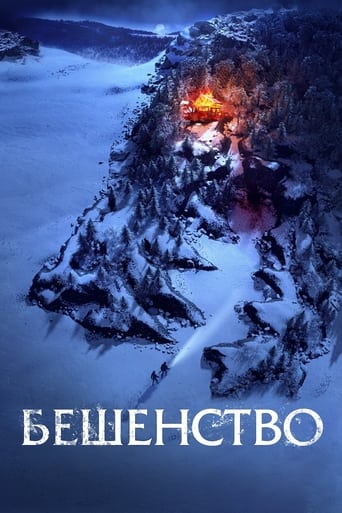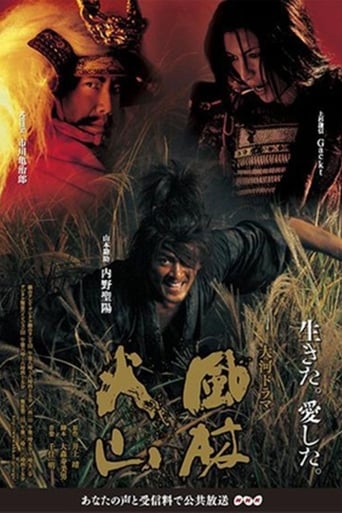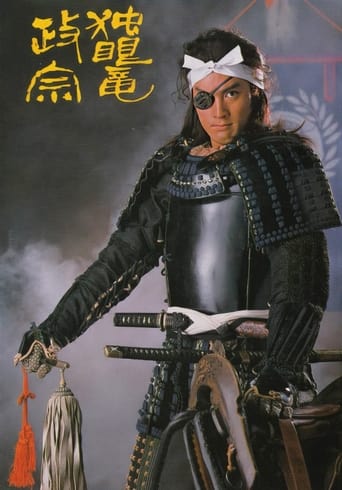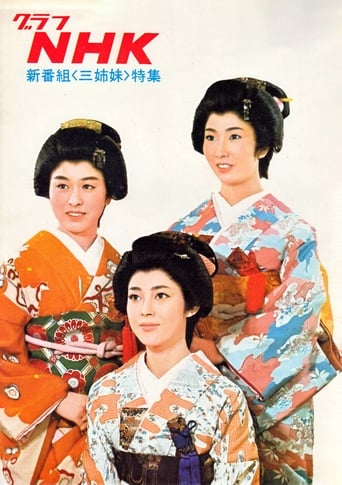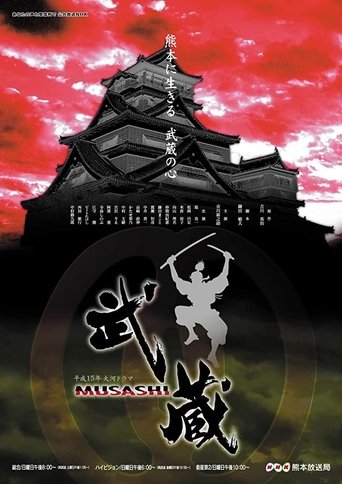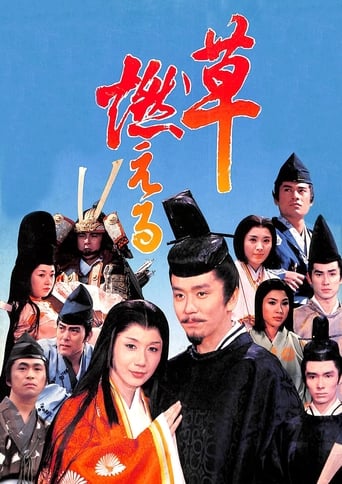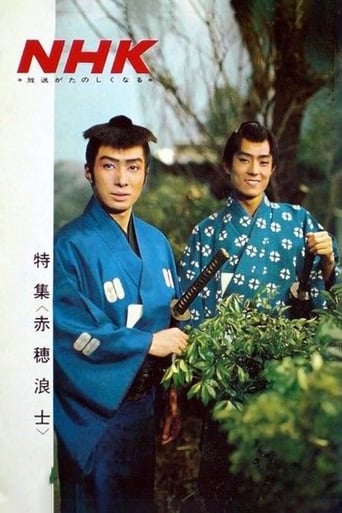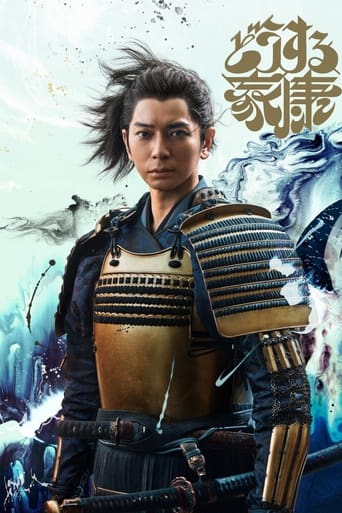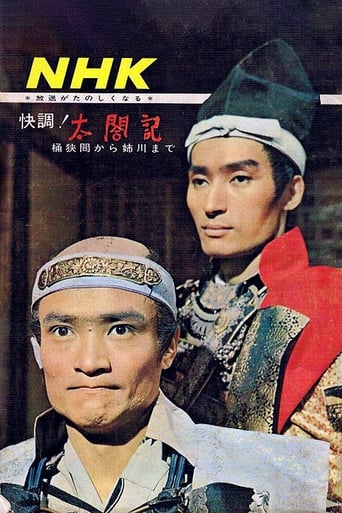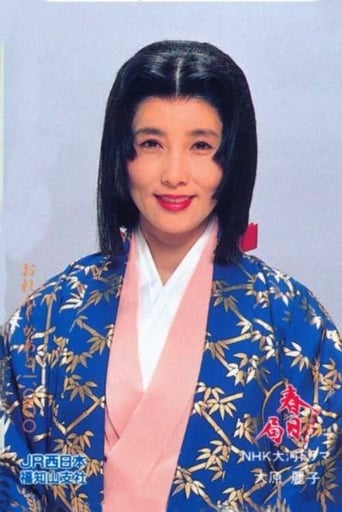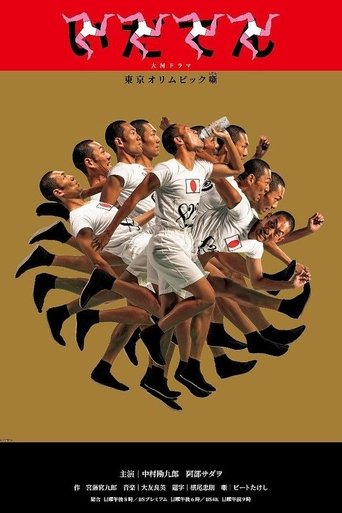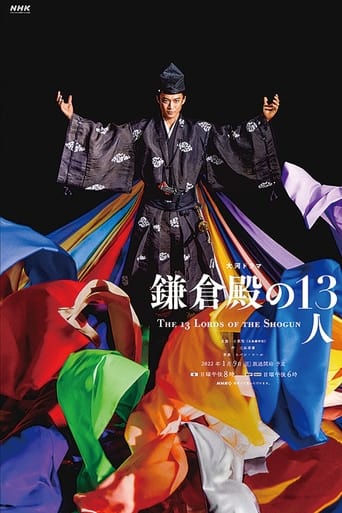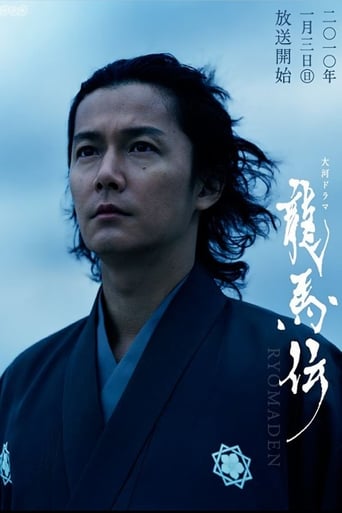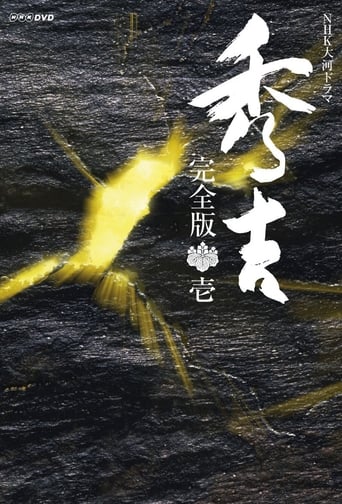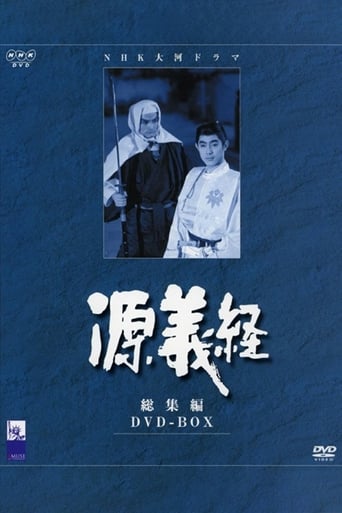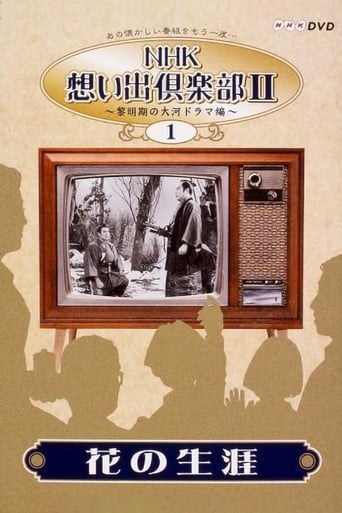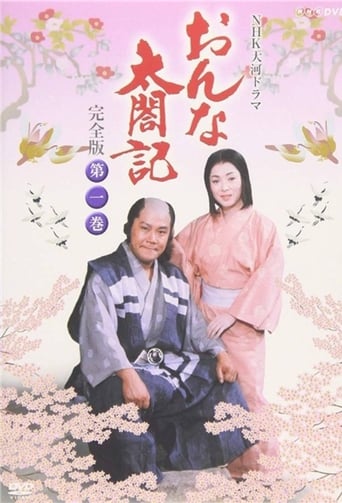Açar söz Taiga
Santa's Wild Home 2020
Le Cavalier mongol 2021
Samurai Banners 2007
Fūrin Kazan was the 46th NHK Taiga drama beginning on January 7, 2007. It was aired throughout 2007. The four characters from left to right are wind, woods, fire, and mountain. The title is a reference to the war banner used by Takeda Shingen, which in turn was taken from Sun Tzu's The Art of War. It means "Swift as the Wind, Silent as a Forest, Fierce as Fire and Immovable as a Mountain."
Reach Beyond the Blue Sky 2021
Shibusawa Eiichi was born in 1840 to a farmer’s family. He grew up helping his family with work, which was to manufacture and sell indigo production and also silk farming. He left his hometown at the age of 23 and began working for the government. He later traveled to Paris and learned about banking. Upon his return to Japan, he helped build up the first modern bank in Japan. He eventually became a founder or supporter to about 500 companies and was involved with about 600 public services, including education for women.
Masamune Shogun 1987
Broadcast TV drama NHK broadcast on January 4 to December 13, 1987 (Showa 62). In the questionnaire survey conducted by NHK, it is shining in the most favorite river drama. The original is Yamaka Sosaichi's novel "Date Masamune", the biggest drama on the theme of the Date house was the first time in 17 years since the "Shinnogi remained" (1970), which painted Datejo in the Edo period. It depicts the life of Matsudo Date of Sengoku warrior · Date Masamune who built the foundation of Sendai clan 620,000 stones in his generation as a result of my own wisdom and talent.
Three Sisters 1967
The Story is about three daughters of a "Hatamoto" during the end of the Edo period and the Meiji Restoration.
Musashi 2003
Orphaned when he was not yet ten, Musashi grows up skilled in the martial arts. During the Battle of Sekigahara, he fights on the side of the losing Toyotomi forces, but eludes the enemy as they hunt down the vanquished soldiers. He then spends years wandering the countryside mastering the sword. As his fame spreads throughout the nation, men seek him out to test their skills against him--most notably Sasaki Kojiro who faces Musashi in the ultimate duel at Ganryujima.
Kusa Moeru 1979
The story chronicles the life of Hōjō Masako during the Kamakura Period.
Akō Rōshi 1964
"Ako Roshi" is a group of 47 former retainers of Lord Asano. Lord Asano was forced to commit suicide after attempting to kill Lord Kira. Once the retainers hear about their Lord's death, they sacrifice their lives to regain the honor of their former master.
Mominoki wa Nokotta 1970
Depicting Date clan’s internal strife that occurred during a peaceful Edo period governed by the 4th Tokugawa shogun.
What Will You Do, Ieyasu? 2023
The drama series depicts the life of Tokugawa Ieyasu (January 31, 1543 – June 1, 1616). Takechiyo (who later becomes Tokugawa Ieyasu) was born as the son of a poor and powerless daimyo. Takechiyo lost his father during a war. He grew up lonely and away from his mother. Takechiyo didn't have a clue about what his future would hold. He then has a dramatic meeting with the young Oda Nobunaga.
Taikouki 1965
Based on the life of Hideyoshi Toyotomi (February 2, 1537 – September 18, 1598) a Sengoku period daimyo who unified Japan.
Kasuga the Court Lady 1989
This is the story about the a very powerful Lady Kasuga who established Ooku the inner palace.
Idaten: Tokyo Olympics Story 2019
Traces Japan’s history with the Olympic games and the 1964 Tokyo Olympics for viewers before Tokyo hosts the event again in 2020. The first half tells the story of marathon runner Kanakuri Shiso, who became one of the first Japanese nationals to participate in the Olympics in Stockholm in 1912. The second half features Tabata Masaji, the coach who laid the foundations of Japanese swimming and helped bring the games to Tokyo for the first time in 1964.
The 13 Lords of the Shogun 2022
Following the ascension to power of Taira no Kiyomori, the Minamoto clan is exiled. Minamoto no Yoritomo meets Masako, the sister of Hōjō Yoshitoki and later marries her. Following this marriage, the gears of Yoshitoki's destiny begin to turn.
Ryōmaden 2010
Ryōmaden is the 49th NHK Taiga drama. It was shown on NHK from January 3 to November 28, 2010 spanning 48 episodes. The story centers on the life of 19th-century Japanese historical figures Iwasaki Yatarō and Sakamoto Ryōma. It has been announced that the series will be aired in several other countries, for example Hong Kong, South Korea, Taiwan and Thailand.
Hideyoshi 1996
A dramatized biography of the second of Japan's three legendary leaders. Rising from obscurity, Hideyoshi served under the command of Oda Nobunaga. With an extraordinary combination of intelligence, bravery and military skill, Hideyoshi rose to near-absolute power and greatly expanded upon Nobunaga's unification of Japan's warlords. This series also focused on Hideyoshi's personal life, particularly his relationships with his mother and his wife, and the pair's rivalry for influence over him.
Katsu Kaishu 1974
Katsu Kaishū deals with end of the Edo period. Based on Kan Shimozawa's novels "Katsu Kaishū "
Minamoto no Yoshitsune 1966
The chronicles of the life of Minamoto no Yoshitsune (1159 - May 17th, 1189). He was a late Heian and early Kamakura general of the Minamoto clan of Japan. Yoshitsune was the ninth son of Minamoto no Yoshitomo. His older brother Minamoto no Yoritomo founded the Kamakura shogunate.
Toge no Gunzo 1982
Life of a Flower 1963
The story chronicles the life of Ii Naosuke.
Onna Taikoki 1981
Focusing on the life of Nene, the good wife who supported Toyotomi Hideyoshi, the world of the Warring States and the rise and fall of the Toyotomi family are depicted from the perspective of a woman.
